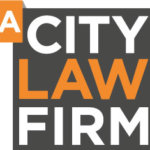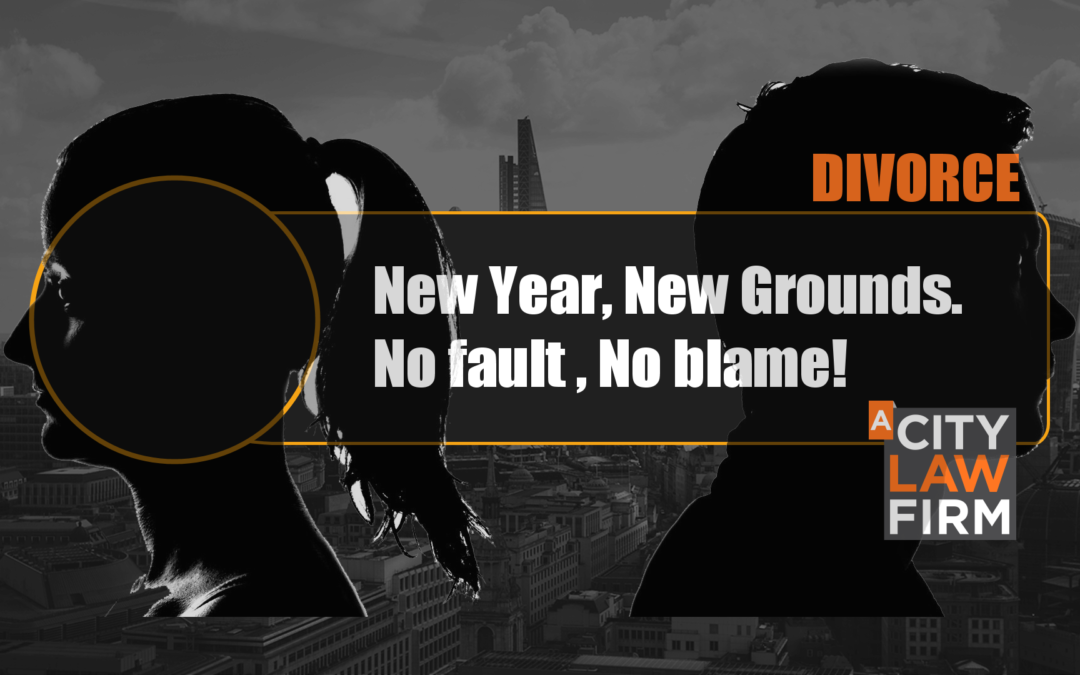Separation is painful already, especially if you have children, so detailing the reasons and apportioning blame doesn’t help.
It is no secret that January can be a busy month in Family law with statistically higher divorce applications. Whether 2022 will see that being the case, remains to be seen but what can be seen, is a new way of proceeding. New Year family lawyers welcome a new way to help their clients part ways without the requirement to list the reasons; apportion blame and cause further upset.
From 6h April 2022 the Divorce, Dissolution and Separation Act 2020 takes effect. This means that couples in a marriage or civil partnership who wish to bring it to an end can do so without having to wait two years, claiming separation, which was the only way if they do not wish to blame the other and get involved in discussions around conduct and fault.
This’ No-Fault divorce’ has been in the legal background for a couple of years, a much needed and long-awaited change to the way the UK operate. The key family law group, Resolution, to which lawyers, like us subscribe (www.resolution.org.uk) have been lobbying the government for this to come to the fore for many years before.
There has been resistance to introducing this legislation as there was concern that it would be too ‘easy’ to end marriages or civil partnerships and that it would increase the UK divorce rate further. However, many people find their marriages and civil partnerships come to an end as they are no longer in love or are in different places as people than they once were. It is no one’s fault and the law now recognises that sometimes, there is no blame. Trying to find blame when there is none or waiting two years to start divorce proceedings can make an already difficult time more difficult. The very drafting of these grounds could upset the parties making all agreements and steps forward frustrated. We must all recognise that parting, if not amicably, but without a legal battle is helpful for finances and specifically for the children involved.
What are the changes and how will this benefit you?
The key difference is to the previous grounds, are you no longer have to rely on ‘behaviour’ or having to wait two or five years to convince the court there were grounds to terminate the marriage or civil partnership.
A joint application can now be made which is completely different to the previous position. The fact that a joint application can be made is a progressive step to post-divorce harmony. Also, the Latin phrases used in the divorce process have been altered to reflect those already referenced in Civil Partnership Disillusionments. The Decree Nisi is no more, it is now a Conditional Order. The Decree Absolute has become a Final Order. This is a step close to normal English, simpler and clear.
The Future
Many couples may now wait until April to process their divorce applications and avoid the blame game in the meantime. Overall, the division of finances and arrangements for children can only be assisted by the divorce starting without blame and without the sting of a behaviour petition being sent from one to the other.
The grounds for divorce have no impact on the financial arrangements on divorce but a less hostile divorce process can lead to a less hostile future. This is particularly important in civil partnerships or marriages with children. The Final Order is the legal end of the marriage but for many there is a need to maintain a level of relationship for children or when resolving finances. There is finally a recognition that the Final Order is only one part of the picture when a marriage or civil partnership ends.
Navigating the New Landscape
Lawyers who take a resolution stance, as we do, can assist a person when considering the grounds by which they wish to end their marriage or civil partnership on and when looking at the financial and possible child arrangements, following on from the end of the relationship. The new grounds will take effect from April 2022 but for some, waiting may not be an option. In situations where there is no fault, this change is a welcome way of making the whole process less hostile and for lawyers, we are optimistic this will make the process, for some, easier, quicker and cheaper.

